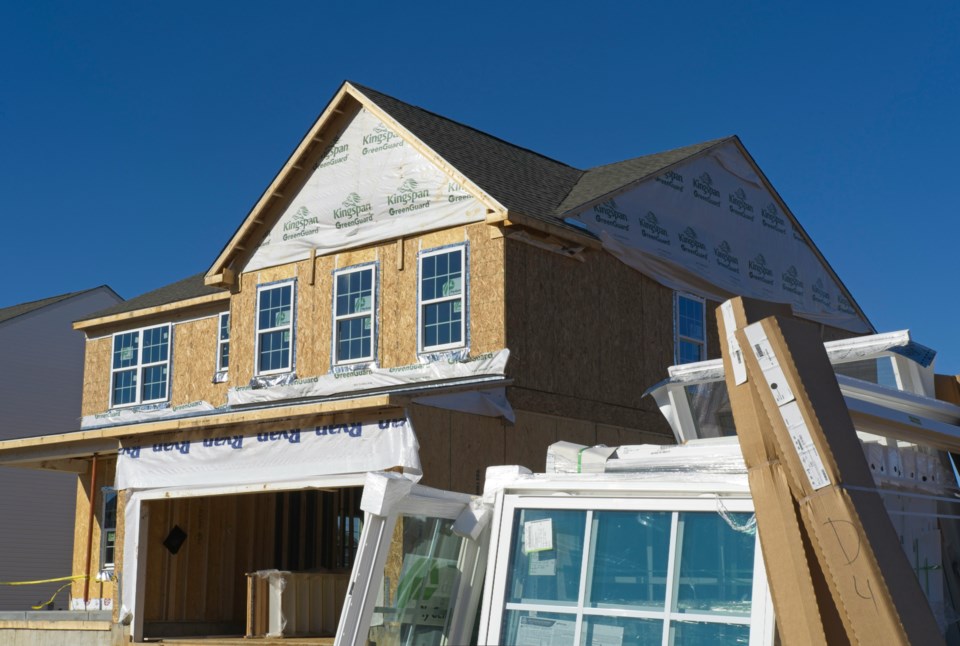THUNDER BAY — A public meeting before Thunder Bay City Council on Aug. 26 will examine the city-wide General Official Plan and proposed zoning bylaw amendments to permit mid-rise and high-rise residential uses within some non-residential areas.
The changes will increase opportunities for housing intensification in the urban area.
Decio Lopes, the supervisor of Thunder Bay's planning division, said the official plan policy changes would broaden permissions for residential uses in appropriate locations within institutional, service-commercial, community-commercial, and business area designations.
The policy changes would also re-designate institutional land to residential zones and heavy-industrial land to light-industrial zones in key areas.
"It's not to remove commercial opportunities, rather it's to provide additional housing opportunities," Lopes said.
The amendments would implement policy changes and re-designations by permitting and establishing regulations for apartments, care housing and townhouses in these locations and eliminating new industrial uses from being developed nearby.
It would establish criteria that include archeological assessments, land use compatibility studies and the availability of full municipal services for residential development.
"We took a look at different areas where there are opportunities, and previous studies have directed us to take a look at other zones where there could be other opportunities," he said, adding they are developing a policy framework for the official plan to look at Simpson, Cumberland and May streets.
"What we found is that we can proceed with including residential [construction] on May Street but Cumberland and Simpson streets will require a little more study, simply because of their proximity to the major railways."
He said rather than delaying what they're doing, they've assembled the information they have to bring to council and the public to review, with the notion that there will still be other sites added.
Lopes said provincial guidelines direct the city's planning division to perform compatibility studies on potential residential zones.
Those studies, some of which evaluate noise and vibration from rail traffic, further inform of additional requirements if residential zones could be permitted or are even feasible in those locations.
"It sounds like we've done some simple exercises when actually, it's taken quite a bit of time to necessitate all of these," he said.
"We look at service, community, commercial and business areas, as well as institutional areas, and try to identify which sites provide opportunities and are more appropriate for residential areas rather than what is currently committed to in the business areas."
Lopes noted when looking at multi-storey apartment development in the Golf Links Road area, the zoning bylaw allows for convenient-type businesses because of the hospital, clinics and personal services which is a "key" for the population.
"The more population you have, the more economically viable those particular niche users can set up shop and survive," he said.
"With more population concentrated in these economic nodes, the much better it is for the private sector to justify themselves and set up those kind of convenience businesses."
The proposed changes would apply to all land within the City of Thunder Bay.
The proposed amendments and report being considered at the public meeting will be made available for viewing online on Aug. 21 on the city's Current Agendas and Minutes web page.
The Chronicle Journal / Local Journalism Initiative
